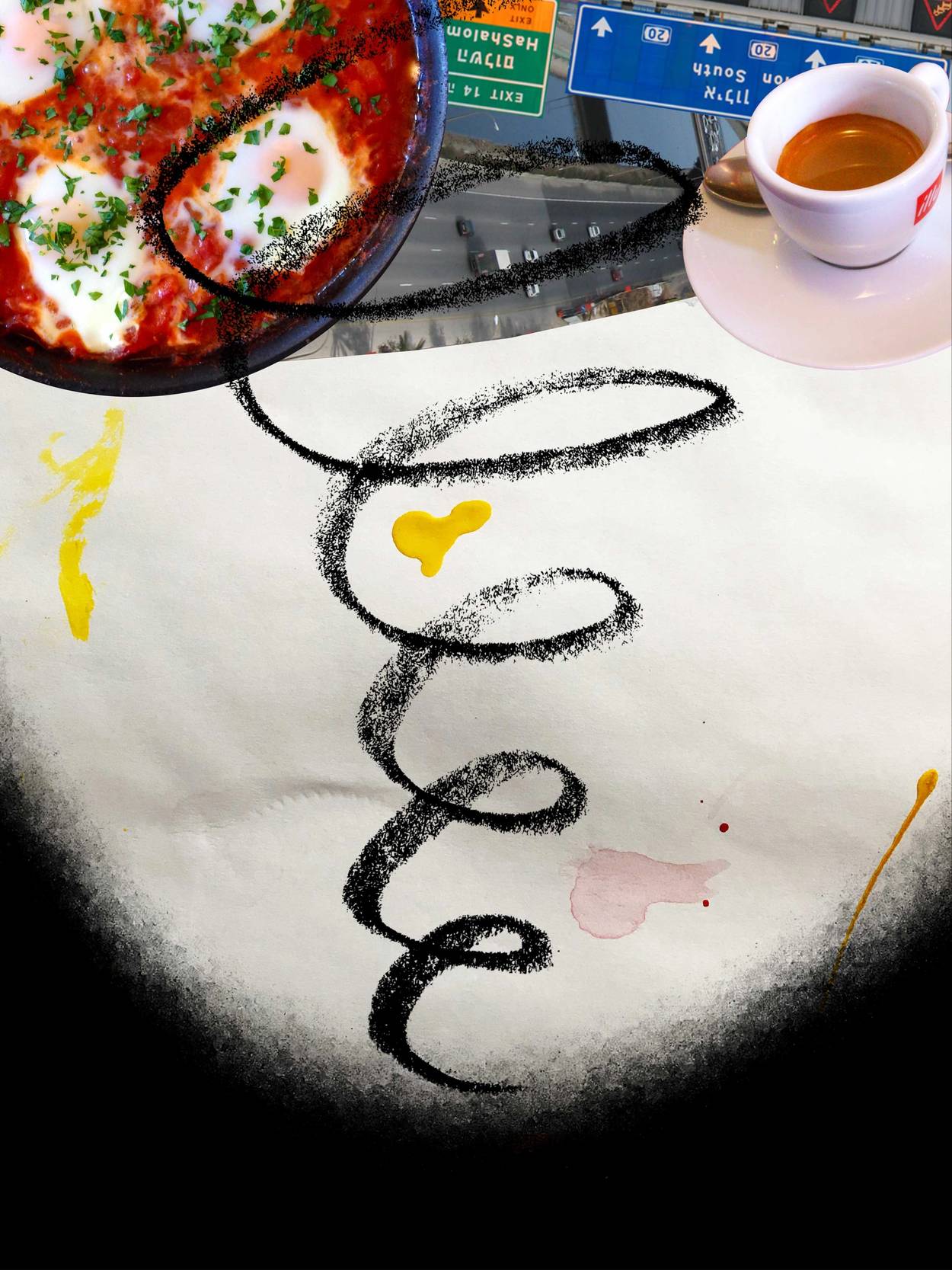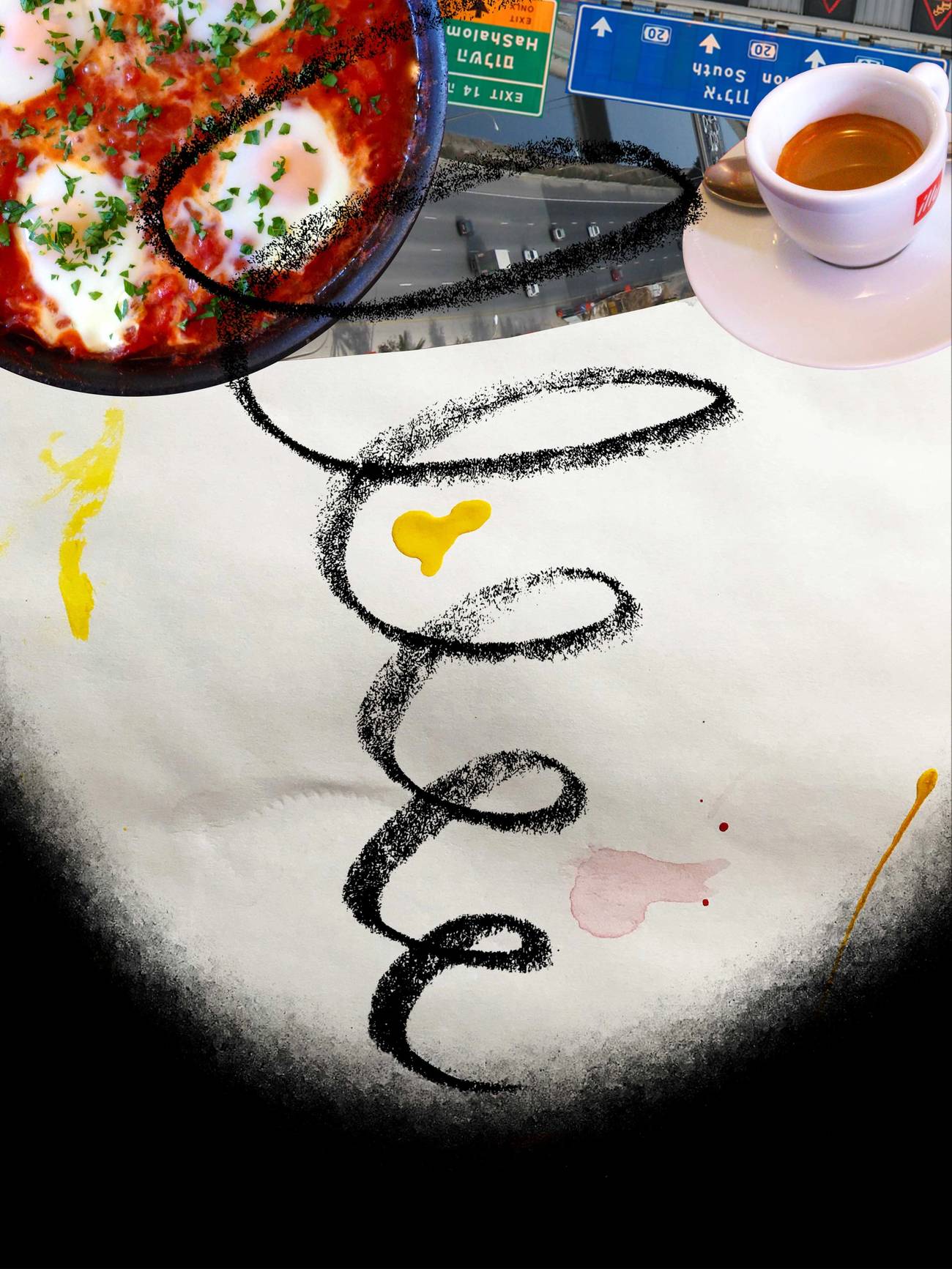Losing It
A.B. Yehoshua’s latest novel, ‘The Tunnel,’ deals unflinchingly with the wages of dementia




Along with worldwide increases in demographic aging, the incidence of dementia and Alzheimer’s diseases is also on the rise—and with it, growing attention to these conditions in popular culture, whether in the form of fiction, films, or care and self-care guides. Recently, the renowned Israeli author A.B. Yehoshua has turned to the subject. His latest novel, The Tunnel, follows Zvi Luria, a retired civil engineer living in Tel Aviv, as he struggles to maintain his wits, his dignity—his very identity—in the face of advancing dementia, for which there is no cure.
A new novel by Yehoshua is often a cause for celebration (he has now published nearly a dozen), but the travails of a man living with this confounding disease seems to be an especially good fit for his authorial talents. The Tunnel operates on several different levels, with Luria’s condition at the center, serving as the source of his anxieties and also as a driver of the plot, which is replete with mishaps as he becomes increasingly disoriented. It begins with his frustration at forgetting names and soon advances to moments of lost bearings and then mistaken identities. Although he is in the care of a competent neurologist (Israel, of course, has an excellent system of socialized medicine) and under the close watch of Dina, his physician-wife, Luria finds it more and more difficult to carry out his daily chores of shopping, cooking, and housekeeping.
All of this plays out against the novel’s richly detailed account of upper-middle-class life in modern Tel Aviv. Yehoshua luxuriates in the everyday, offering generous descriptions of décor, concerts, long walks and especially food; we hear a great deal about shakshukas, the baked tomato, pepper, and egg dish that is a staple of Israeli cuisine and one of Luria’s proudest culinary achievements. Adept as he is in the kitchen, Luria is both dependent on and flummoxed by modern technology. He is lost (literally) without the GPS on his cellphone (ultimately his tech-savvy son insists that he carry two) and cannot remember the ignition code for his car, prompting him to have the numbers tattooed on his forearm—with all the expected angst such a gesture implies for a modern Jew.
Luria’s expertise in road planning, however, remains intact. Following his neurologist’s advice to keep busy, Luria finds a position as an unpaid assistant to Asael Maimoni, the young civil engineer who has taken his old job at the Israel Roads Authority, and together they pursue a project to plan and build a military road in the Negev. The project runs into a snag, however, when Maimoni insists on designing the road to avoid uprooting a family of undocumented Palestinian refugees whom he has found hiding on a hilltop blocking the intended route. Partnering with Luria allows the younger engineer to deploy his predecessor’s prestige in an attempt to convince the higher-ups that they should dig a tunnel through the hill rather than razing it altogether—a step that both know would be much cheaper.
The plight of the refugee family allows Yehoshua to dramatize the human dimension of contemporary Israeli politics. There is not space here (and barely enough in the novel) to explain the convoluted chain of events that have forced a Palestinian widower and his adult son and daughter to flee the West Bank and conceal themselves in a pile of archaeological ruins in the desert, but their circumstances are such that they can neither return to their native village nor, without proper permits and identification documents, fully function in Israeli society. Maimoni’s concern for the family is at least partly tinged by his attraction to the daughter, Ayala—feelings he couches in flippant references to taking a second wife (though he himself is married and, as a Jew, hardly about to engage in polygamy).
Yehoshua fleshes out the political situation with frequent references to Israel’s history. In addition to his tattoo, a perpetual reminder of the Holocaust, Luria often takes notice of earlier presidents of Israel: David Ben-Gurion (Zvi and Asael visit his grave on one of their scouting trips to the desert); Yitzhak Ben-Zvi (an “honest and humble man” who lost a son in the war, and whose photograph Luria had kept hanging in his office as a source of inspiration); and Yitzhak Rabin (Zvi and Dina live near Rabin Square, and as he becomes disoriented, Luria relies on the landmark to guide him home).
The entire country, Yehoshua seems to be saying, is suffering from a kind of collective dementia by forgetting the ideals embodied in these distinguished figures and instead supporting the harsh, short-sighted policies of Netanyahu (who is mentioned by name only once, when he is compared to King Herod). But there are exceptions: Luria learns about Road to Recovery, a volunteer organization that assists Palestinians seeking medical care in Israel by picking them up at the border and providing transportation to and from doctors and clinics. It is surely not coincidental that Yehoshua chooses this group (an actual organization) to serve as a beacon of hope for a planner of highways.
The novel alternates between rather technical discussions of road-building, as the two engineers work to devise a persuasive rationale for tunneling through the hill rather than flattening it, and glimpses into Luria’s emotional state. Though modest by nature, Luria finds himself grasping for indications that his pre-retirement stature and achievements are still worthy of recognition. At the same time, he feels that his identity does not depend wholly on his professional accomplishments; he clings to his pre-dementia existence as a man—a husband, father and grandfather, and lover. Indeed, one of the pleasures of the novel is Yehoshua’s depiction of a thoroughly egalitarian marriage. The exchanges between Zvi and the salty-tongued Dina bring a humorous note to the proceedings but also reveal the couple’s deep caring and mutual support. She encourages him to follow the neurologist’s advice about finding meaningful work, while he urges her to step back from her intense clinical practice to write a research paper and take advantage of travel funds available through her hospital to present it abroad. And both clearly enjoy following another piece of the neurologist’s advice: not to neglect the intimate side of their marriage. Yet, despite the tender passion he regularly enjoys with Dina, Zvi admits to himself that he, too, is attracted to Ayala.
Ultimately it becomes apparent that “the tunnel” of the title refers not just to the road-building project but to the course of Zvi Luria’s life as he enters the final stages of his disease. Toward the end of the novel, Luria causes a traffic accident and tells the policeman that it occurred because he has dementia; the disease has taken over his identity. The novel concludes with a spare, elegiac allegory that leaves Zvi marooned on the hilltop, where he has only the strange and increasingly desperate Palestinian widower for company. Zvi has alienated himself from all that is familiar and dear to him by deliberately evading the many safeguards his family has set up to protect him.
With this striking image, Yehoshua indicates that he entertains no illusions about what lies at the end of the dementia tunnel. In contrast to many Americans writing about dementia and Alzheimer’s, like Lisa Genova, the author of the bestselling novel Still Alice, he refuses the comfort of sentimentality in order to fully acknowledge the tragedy of the human life being lost. For this we must thank him, and hope that American writers will begin to take more seriously the realities of a disease that is likely to affect millions of their fellow citizens near the end of life.
Sonya Michel is a professor emerita of history, American Studies and Women’s and Gender Studies at the University of Maryland, College Park. As a practicing artist, she is also a member of Touchstone Gallery in Washington, D.C.